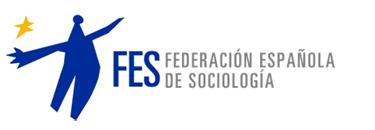Un análisis difractivo del documental No existimos: hacer visible lo invisible mediante una tecnología de género excéntrica
Palabras clave:
tecnología del género; sujetos excéntricos; aparato de difracción; cine documental feminista; representaciones de violencia de géneroResumen
Leyendo entre sí una serie de ideas planteadas por Teresa de Lauretis (1987; 1990), Donna Haraway (1988; 1992), Annette Kuhn (1994) y Karen Barad (2007), este artículo aborda el cine documental feminista como aparato de difracción y como tecnología del género excéntrica. El artículo está dividido en cuatro secciones. La primera presenta la definición del cine como tecnología de género y la del sujeto del feminismo como excéntrico. Combinamos este planteamiento inspirado en de Lauretis y Kuhn con la propuesta de Barad y Haraway de la difracción como metáfora óptica para entender la construcción de conocimientos. En la segunda sección, planteamos qué implicaría la aplicación de una metodología difractiva al análisis del cine documental mediante tres herramientas metodológicas: emocionalidad (Ahmed, 2014), materialidad (Olivieri, 2012) y performatividad (Bruzzi, 2000; Butler, 1990, 1993, 2015; Barad, 2007). En la tercera sección aplicamos esto al análisis del documental español No Existimos (Solano, 2014). Concluimos resumiendo cómo los paradigmas difractivo y excéntrico pueden contribuir a una mejor comprensión de las posibilidades del cine documental feminista para co-crear y re-hacer el mundo.
Descargas
Descargas
Publicado
Número
Sección
Licencia
Todos los trabajos publicados en la revista Sociología y Tecnociencia se distribuyen bajo una Licencia Creative Commons Atribución 4.0 Internacional (CC BY 4.0).
Los autores continúan como propietarios de sus trabajos, y pueden volver a publicar sus artículos en otro medio sin tener que solicitar autorización, siempre y cuando indiquen que el trabajo fue publicado originariamente en la revista Sociología y Tecnociencia.


